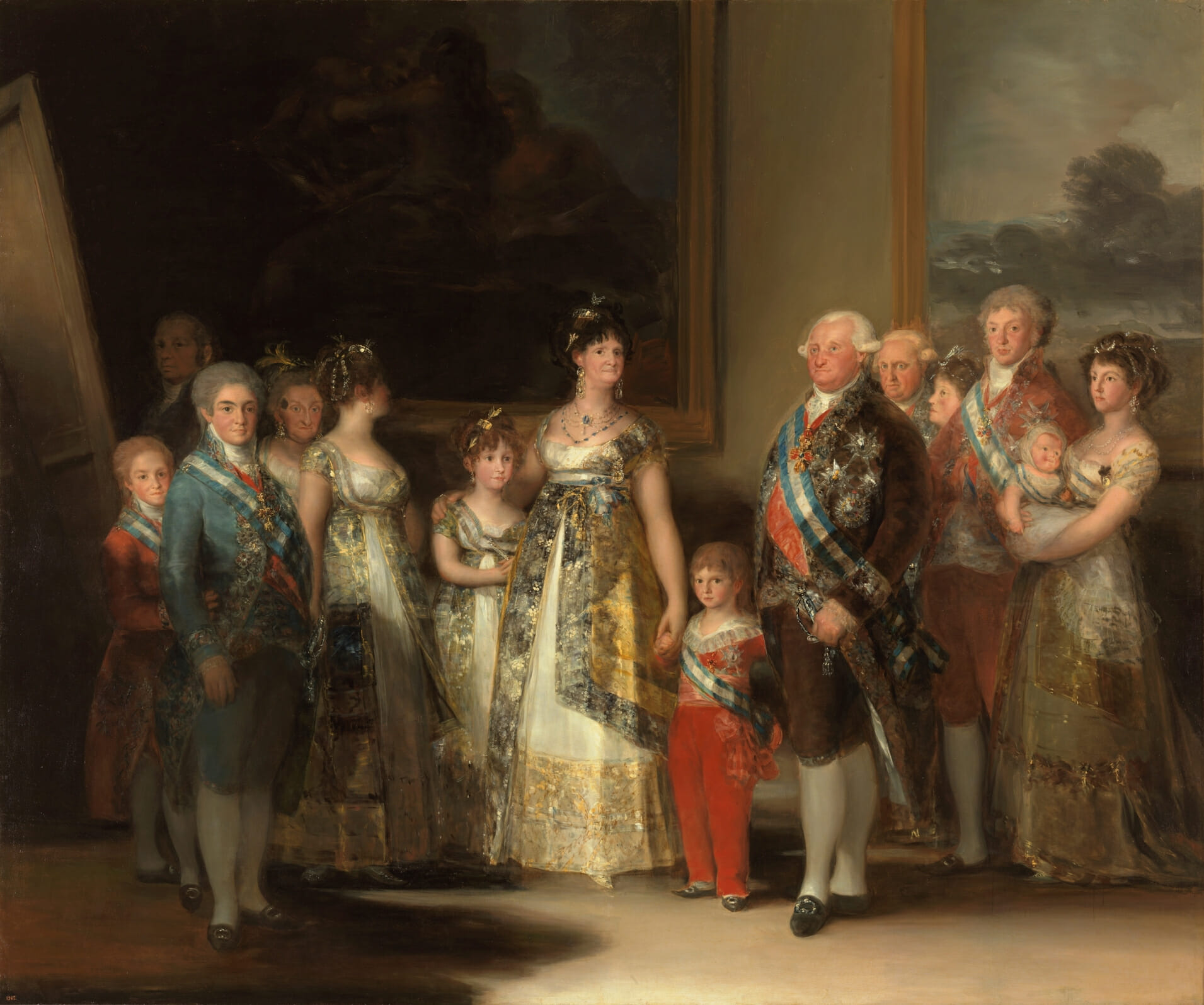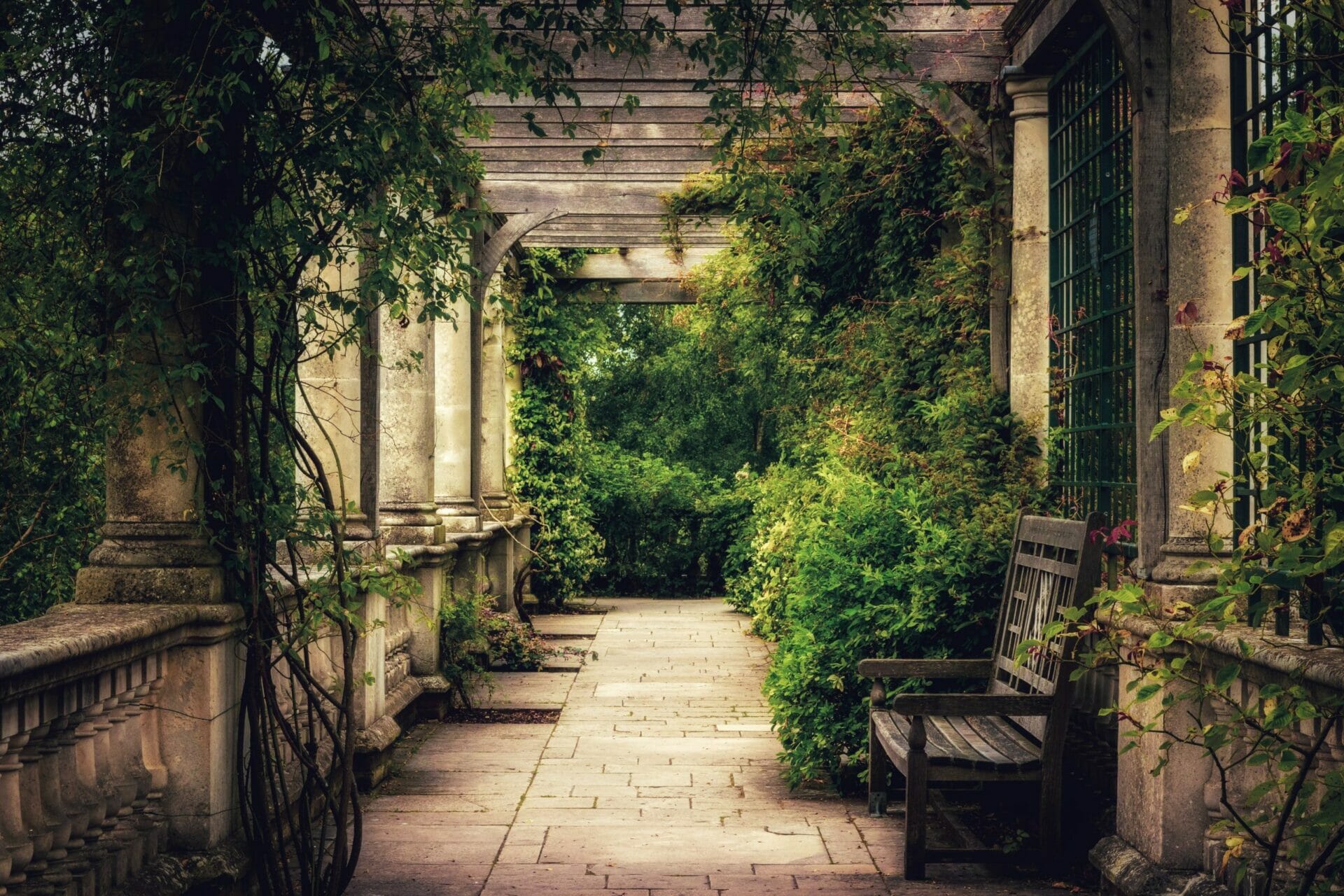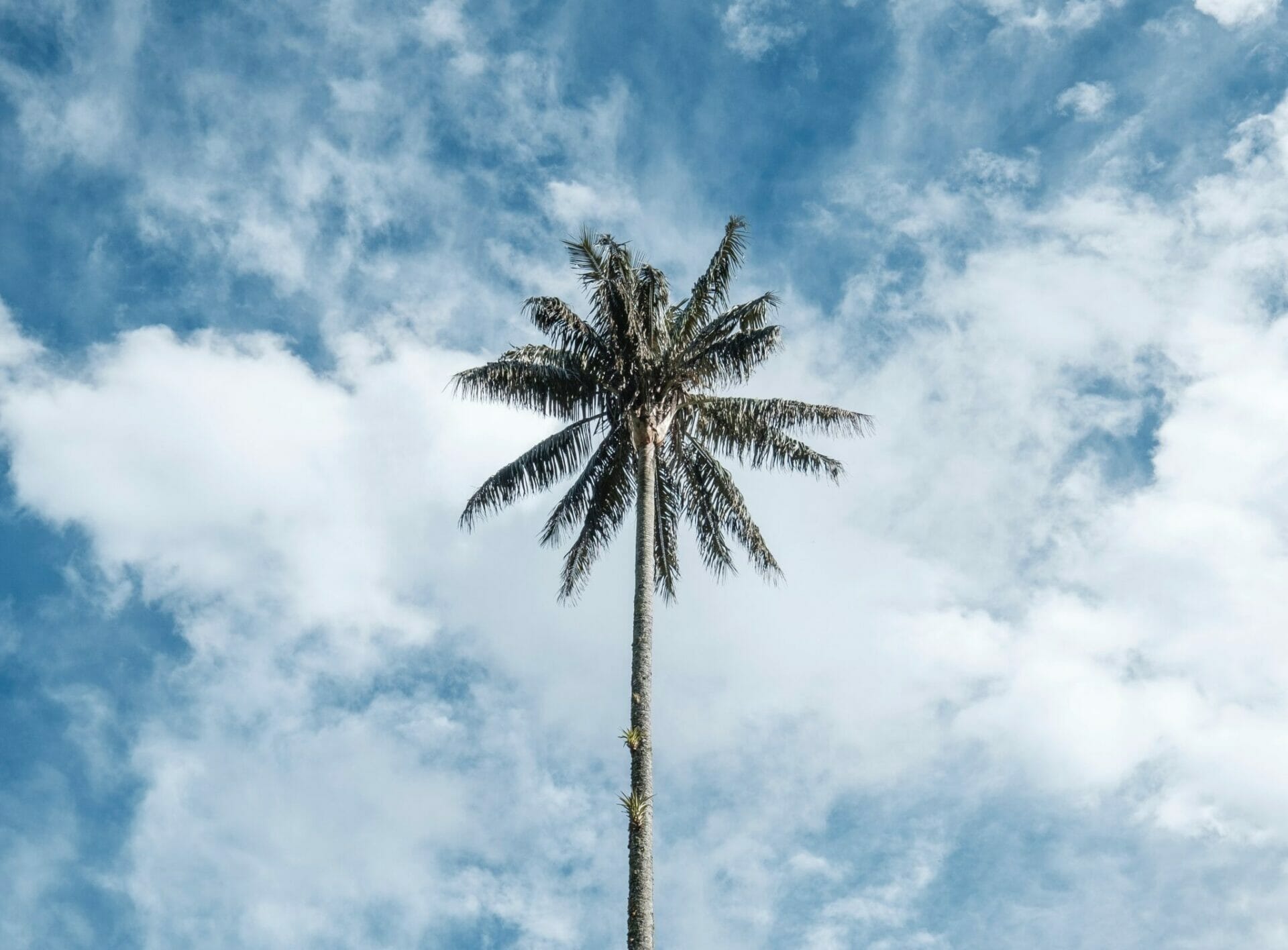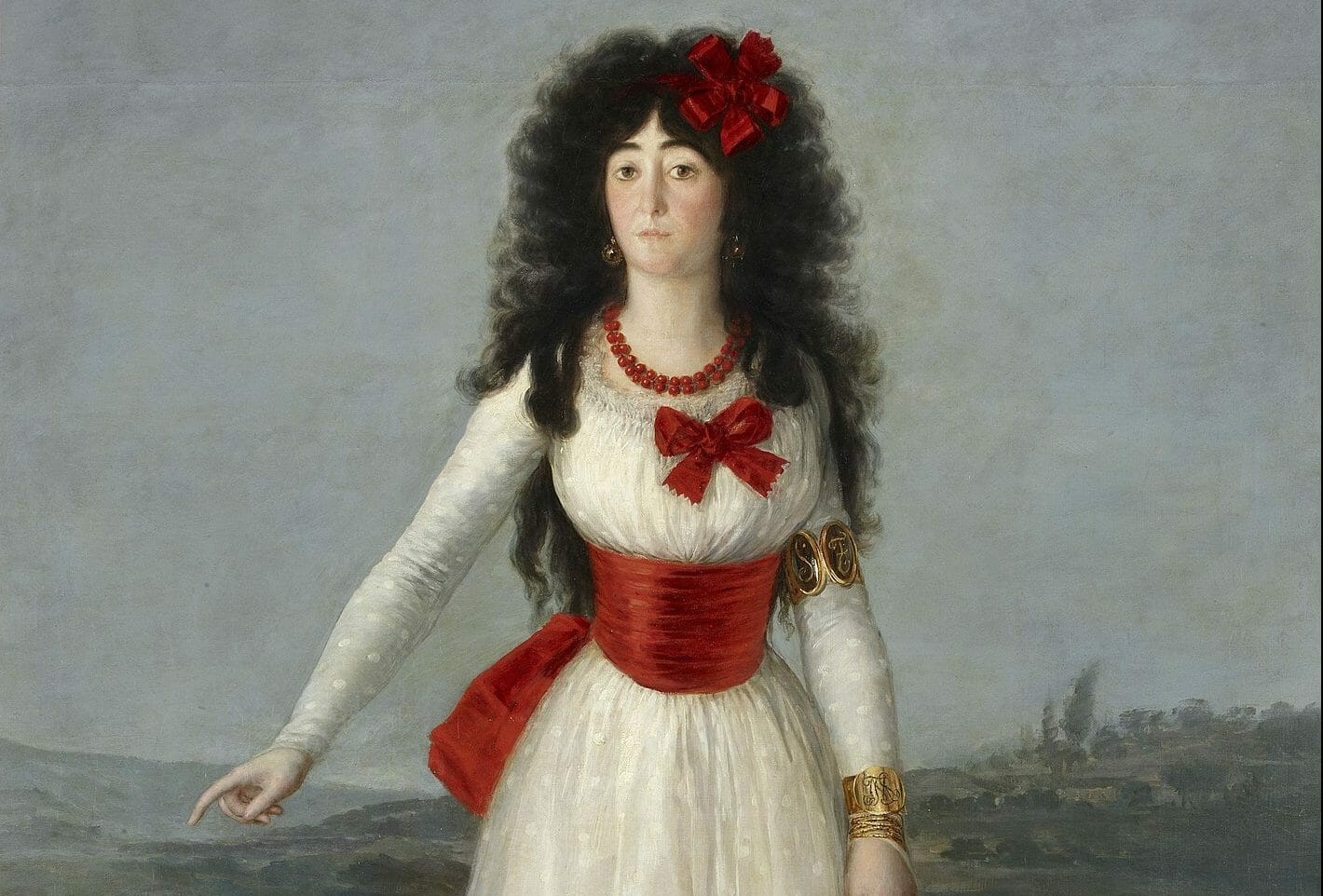
Goya's White Duchess | Fashion, naïve art, and magic realism
Artist
Year
Country
Material
Dimensions
Francisco de Goya y Lucientes (1746-1828), one of the most famous Spanish artists of the whole history of art, in 1795 painted the Portrait of the Duchess of Alba, also called The White Duchess. The woman in the painting is Doña María del Pilar Teresa Cayetana de Silva Álvarez de Toledo, 13th Duchess of Alba de Tormes. She was placed on the nobility scale just below the Queen María Luisa de Parma, wife to Carlos IV of Spain.
Goya’s portrait of the Duchess shows how fashion was in the last years of the 18th Century, and it can be seen as naïve art and magic realism avant la lettre.

Goya’s painting: details, colors, fashion
Goya’s paintings are a testimonial of costumes and fashion of the end of the 18th and of the first half of the 19th Century. Canvases such as Charles IV of Spain with His Family or La Maja Vestida are good examples of the painter’s attention to detail: black lace, precious fabrics, golden embroideries, and satin ribbons.
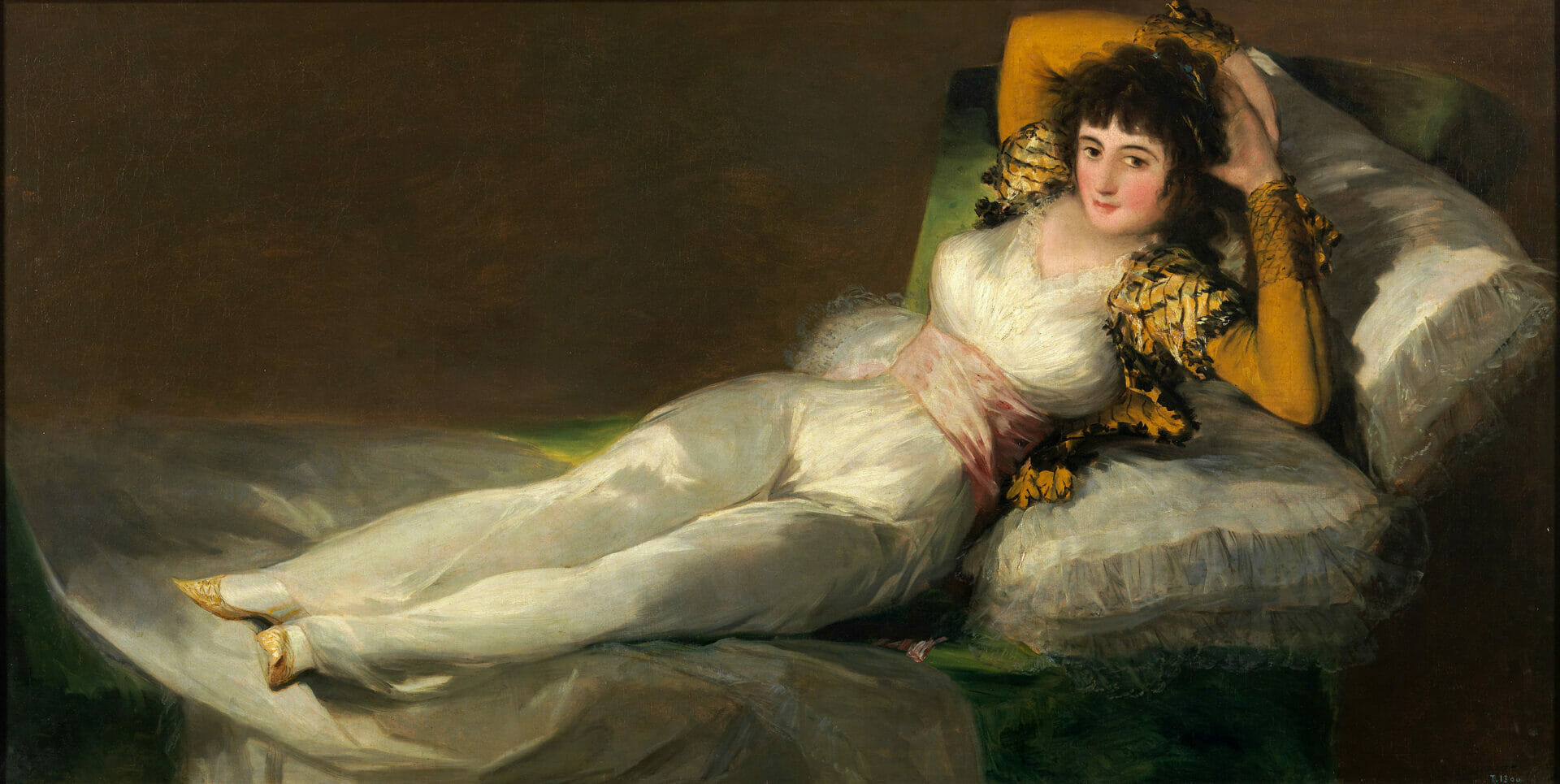
In 1797, Goya painted a second portrait of the Duchess. She had recently become a widow and the painter had spent a summer with her in the South of Spain. Doña María wears a black, traditional costume. It is a precious image that shows how mourning clothes (“de luto”) were in the last decade of the 18th Century.
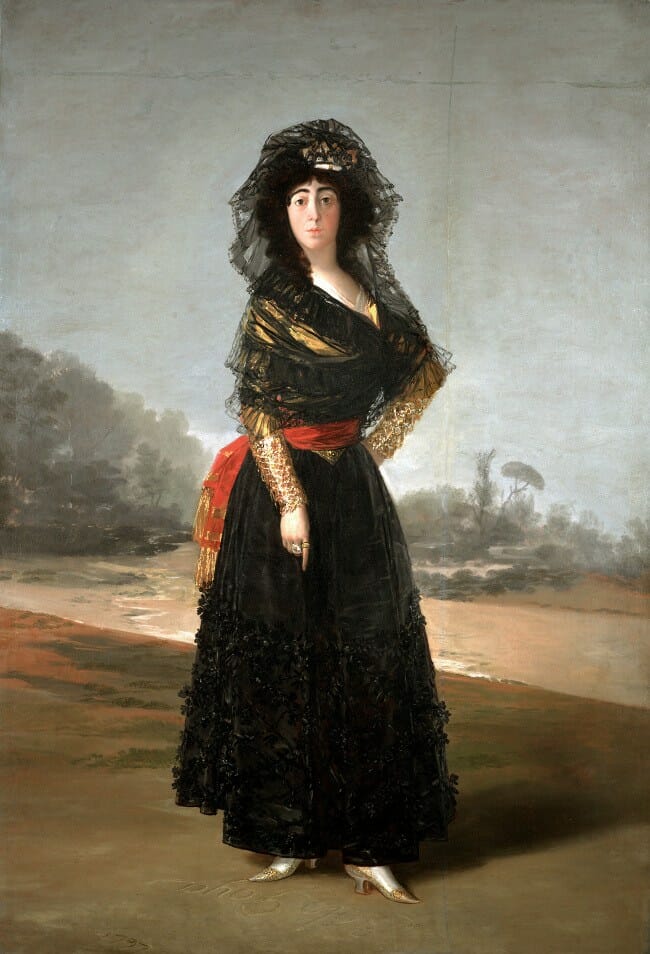
Also, The White Duchess shows how the fashion of that historical period was. In fact, the Thyssen-Bornemisza Museum organized an exhibition in 2019 about how the Spanish masters inspired Cristóbal Balenciaga, the fashion designer. Goya’s portrait of the Duchess was presented next to a white dress with a red, silky band at the waist. Just like the one that Doña María is wearing.
Goya’s portrait of the Duchess also inspired the Spanish singer Rosalía for the music video of her song A Palé (2019).
A rumored relationship
When Doña María commissioned the first portrait to Goya, he seems to have said that it was an honor painting it and that it would be one of his most important works. When she became a widow and commissioned the second portrait, they became closer and closer.
The painter and the Duchess spent a whole summer together in Sanlúcar de Barrameda, near Cádiz, in the South of Spain. There are no written testimonials of what happened between them during those months, but one could easily speculate about a love story. The painting bears Goya’s signature as a track in the sand, but it is not a simple firm. In The White Duchess, the inscription reads “A la Duquesa de Alba. De Goya 1795” (“To the Duchess of Alba. From Goya 1795”). “De Goya” could also be understood as: “To the Duchess of Alba, that belongs to Goya.”
However, in the second portrait, one can read in the sand “Solo Goya,” “Only Goya.” In both paintings, she is pointing toward the signature in the sand with her right hand. The dog could also have a symbolic meaning, as it might represent love and faithfulness (as in Jacopo della Quercia’s Tomb of Ilaria del Carretto).
No one knows whether they did or did not have an affair. But the Duchess inspired Goya and was his muse for years.
Between naïve art and magic realism
The a-temporality of the work, the full and flat figure, and the potential symbolism of the dog can be linked to naïve art and magic realism, especially to Henri Rousseau‘s Moi-même painted in 1890 and to some paintings by Antonio Donghi.
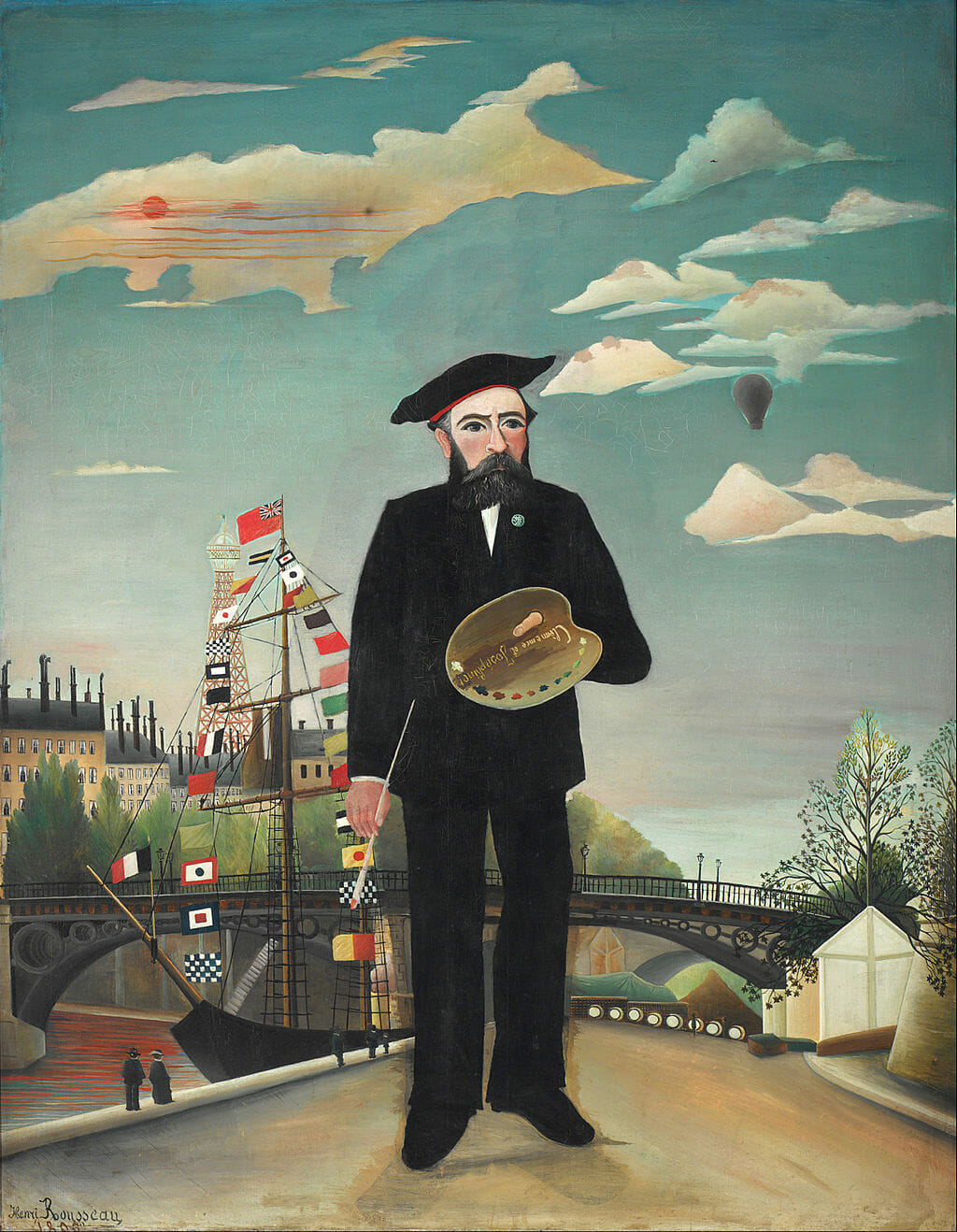
Goya anticipated magic realism in The White Duchess: one can easily imagine that the woman portrayed is Fermina Daza, the protagonist of Love in the Time of Cholera (1985) by Nobel Prize-winning author Gabriel García Márquez. In his novel, the author describes the dress, almost a-temporal, and the woman’s hair that speaks of passion and adolescent love, the rigid figure and the resolution of a strong woman, with her “almond eyes.”
Tag
Buy a ☕ for Hypercritic








